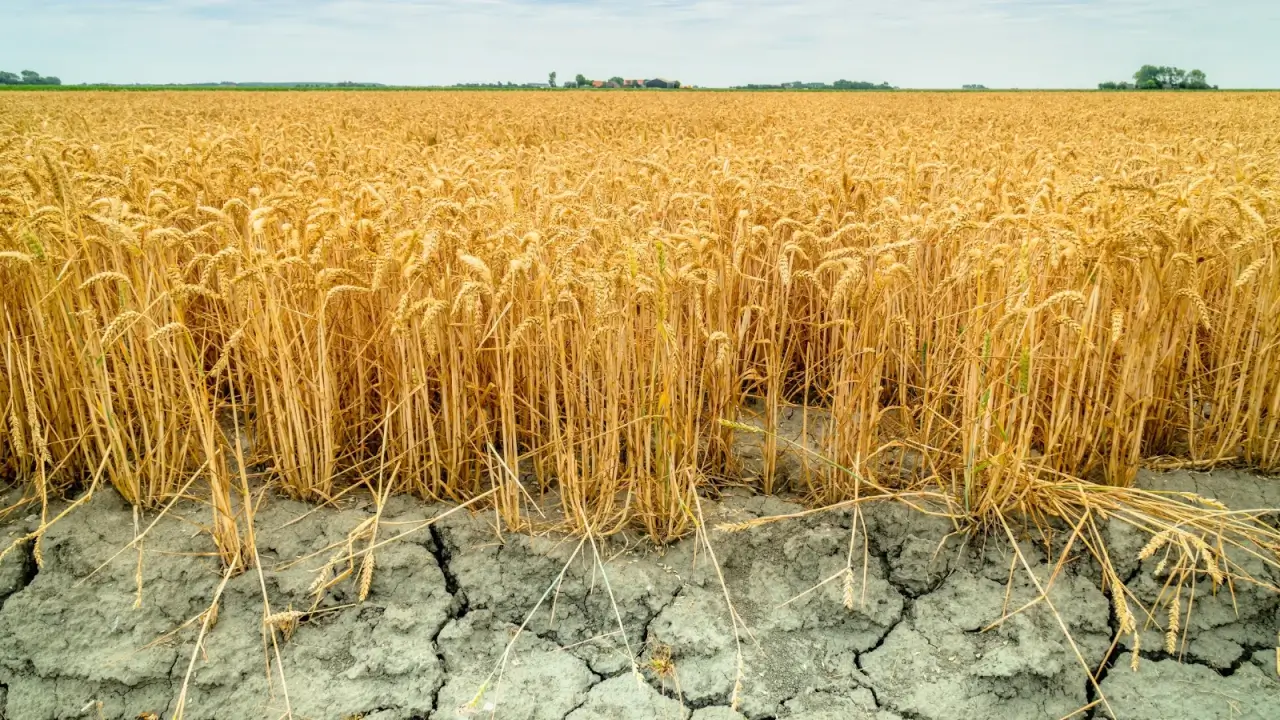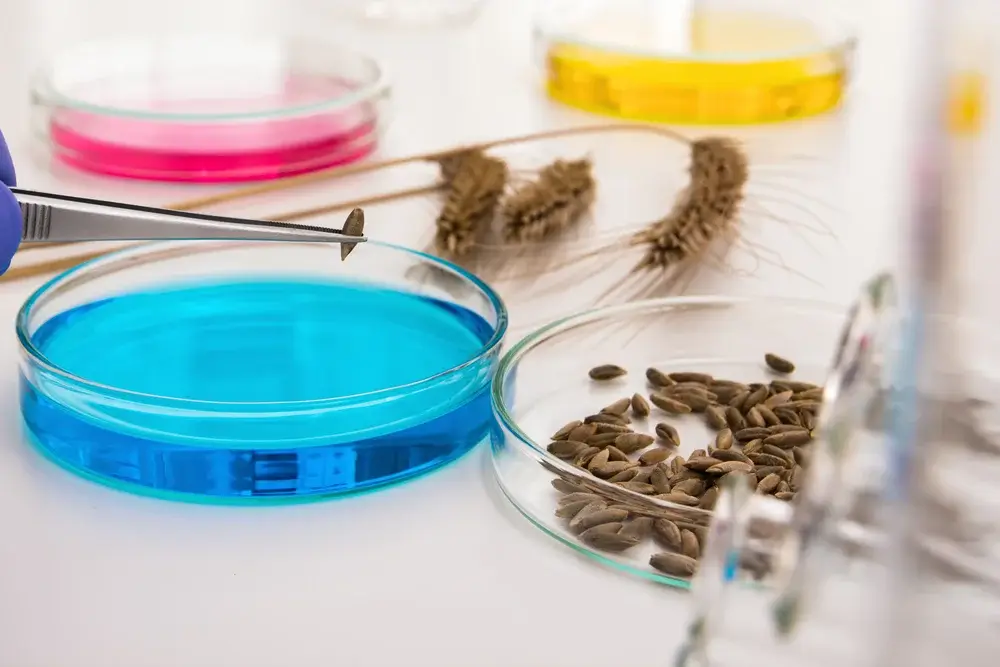As heat and water scarcity increase, farmers have to adjust their strategies to ensure good production. The bottom line is important, but so is conserving non-renewable resources. Dry farming is one way to keep both in mind.
The technique’s success is surprising, as it shows that crops don’t need daily watering and pampering for a good yield. There are several crops that work in a dry system, many more than we can cover here, with many tailored to your region’s conditions.
Before next summer, consider growing some of the best dry farming crops. When this strategy is employed appropriately, the plants are resilient and still offer delicious produce that is desirable in any market.
What Is Dry Farming?
The contemporary understanding of dry farming was developed in areas with 20 inches or more annual rainfall. However, the practice has expanded beyond these regions to any region, as farmers grow crops within the constraints of their environment. That includes farms near desert ecosystems.
The origins of the practice in the Americas lie with the Hopi peoples of northern Arizona. By selecting crops that are already adapted to a region with 10 inches or less of rain per year, it’s not only possible to grow nutritious food, but it’s also likely to result in flavorful crops. This is not a novel case, however, as people all over the world have farmed on dry land for centuries.
Some systems rely on early-season precipitation, while others simply don’t have water as an input and rely on a hardy plant that grows deep roots. Paramount to most systems is soil that is deep, arable, and that drains well. It should have good water-holding capacity. This is the foundation of a good system in areas where rainfall is more common.
7 Best Dry Farming Crops
When you’re trying to decide which of these crops will work in your dry system, think about your regional geology and rainfall. If you live in an area where rain is plentiful, it’s likely you’ll have more options. In an area where rain is scarce, choose crops that handle drought with ease.
Tomatoes
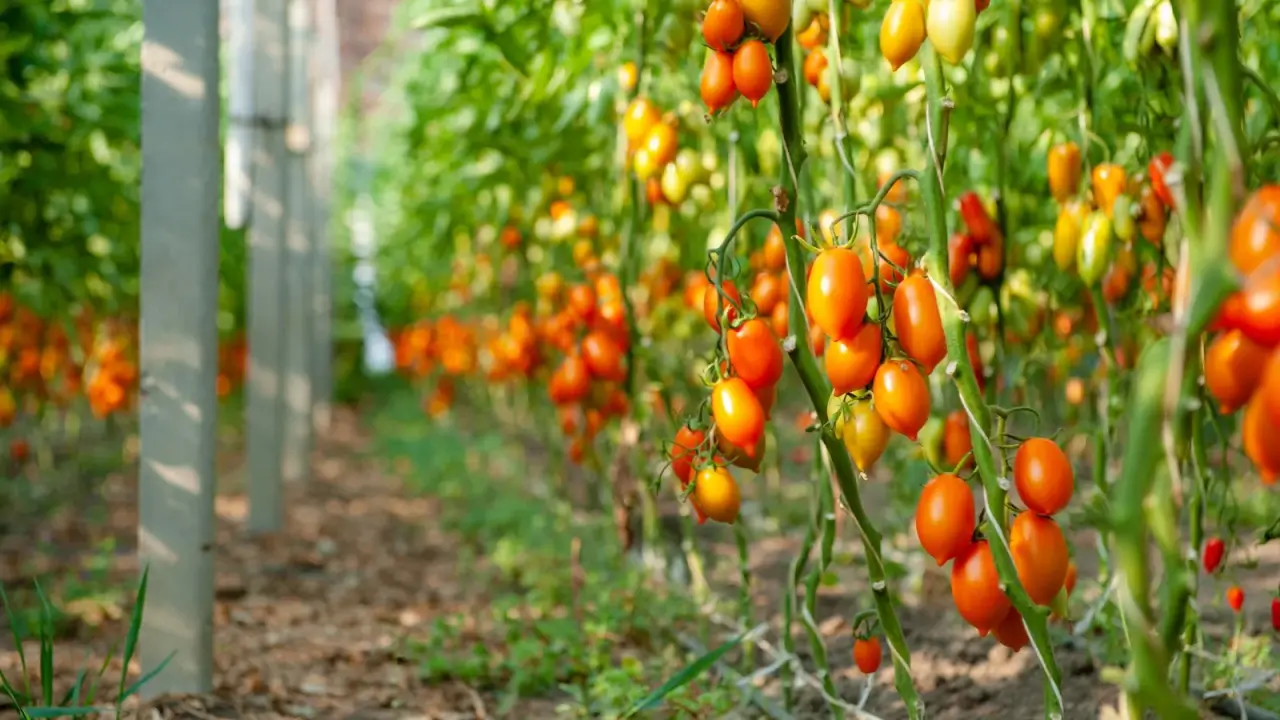
Let’s start with an unlikely dry crop. Tomatoes do not have a reputation for being drought-tolerant. However, in areas that receive sufficient spring rains, they are a great crop for dry farming early in the season.
At UC Santa Cruz’s dry farms, tomato plants produced ample amounts of smaller fruit. The secret to dry farming in this instance was trapping soil moisture in May by lightly tilling just as the rains rolled in. At transplant, seedlings weren’t watered, which prompted them to develop deep roots.
These roots penetrate the layers of soil, touching the areas below where moisture is available. Thus, dry farming tomatoes was possible! But it’s more suited to areas with deep, moist soils and substantial spring rains.
Pumpkins and Winter Squash

Depending on the season, dry farming pumpkins and winter squash is possible. What you need in this case is a mild climate with pre-season rains that ensure the soil is already moist at planting. Till very little at the start of growth, and provide a deep layer of mulch. This is the best way to get most winter cucurbits started.
However, there are gourds that grow in the desert with very little water. Bottle gourds and luffa (which is a highly heat-tolerant plant) are perfect for dry farming. Soaking seeds ahead of time gives them the moisture they need to get started. Plant them ahead of the driest parts of the year, with enough rich soil to get them going.
Most of all, give them the space they need to grow, which prevents them from sucking moisture from nearby plants. A wider spacing is recommended for crops that are more supple, planting them as if they are perennials that will spread over time.
Melons
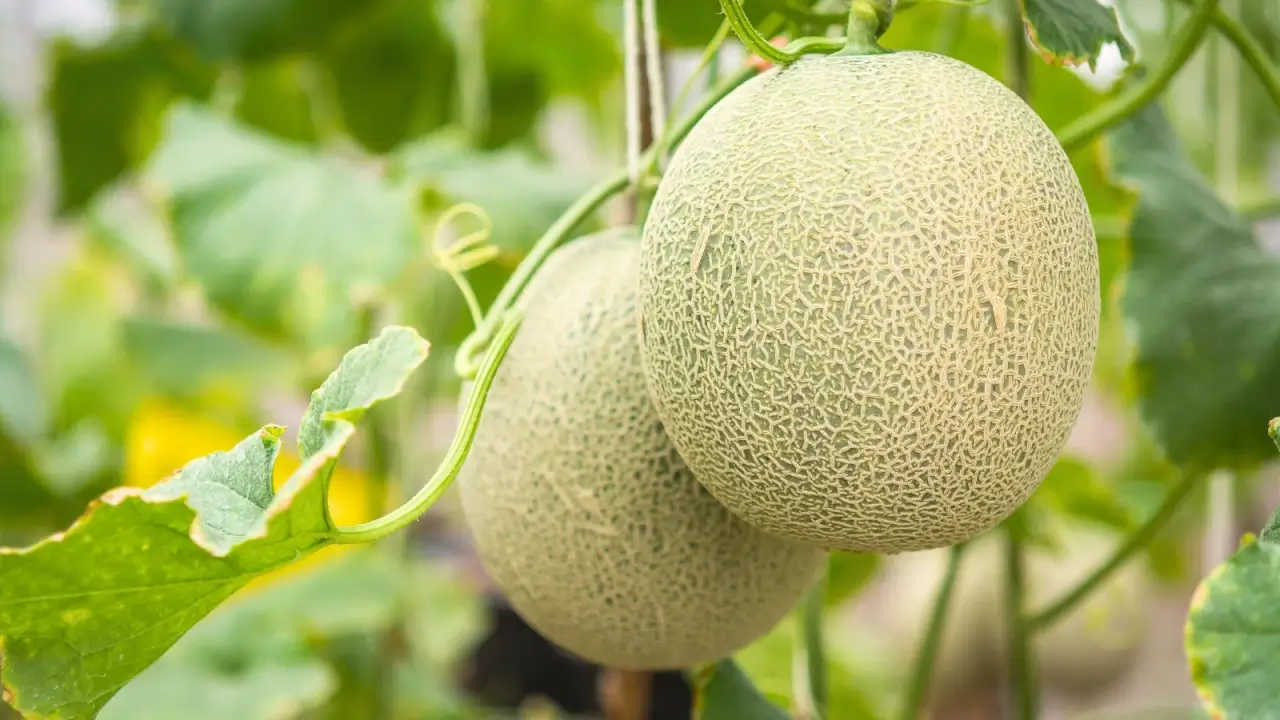
Farmers at OSU managed to grow a healthy crop of ‘Pike’ melons and watermelons in 2013, in moist soil covered with a hefty layer of mulch. In this case, the rains of the Pacific Northwest and the moisture-trapping mulch were what made dry farming these crops possible.
By 2018, trials were completed, and farmers found the fruits were sweeter and more flavorful than those grown with regular irrigation. They had uniform size and color. What it took to grow them was good observation skills ahead of the season to ensure conditions were right for planting.
Grapes
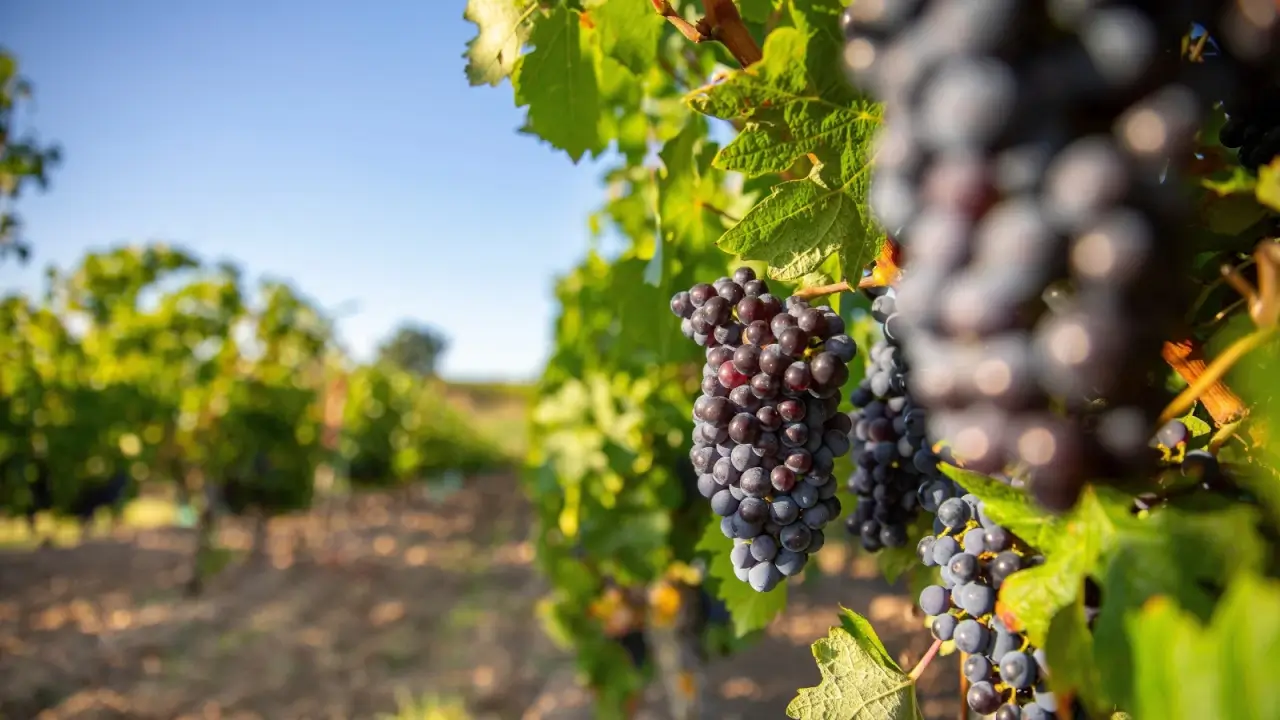
When we think of grapes, we often think of regions with sandy or rocky soil and an arid climate. Grapes are some of the best dry farming crops that can really thrive in these conditions, and growing them without irrigation is possible. Not only has this been a practice across the most famous viticulture regions in the world, but there are newspaper articles from 1874 showing that it was practiced in the United States as well.
The most important part of growing wine grapes is root establishment. Frequent irrigation keeps the roots near the soil line, rather than delving deep into the layers where moisture is present. Today, people use drip irrigation to ensure roots develop in their first season, then they rely on pruning and maintenance to grow a great product in subsequent seasons.
Olives
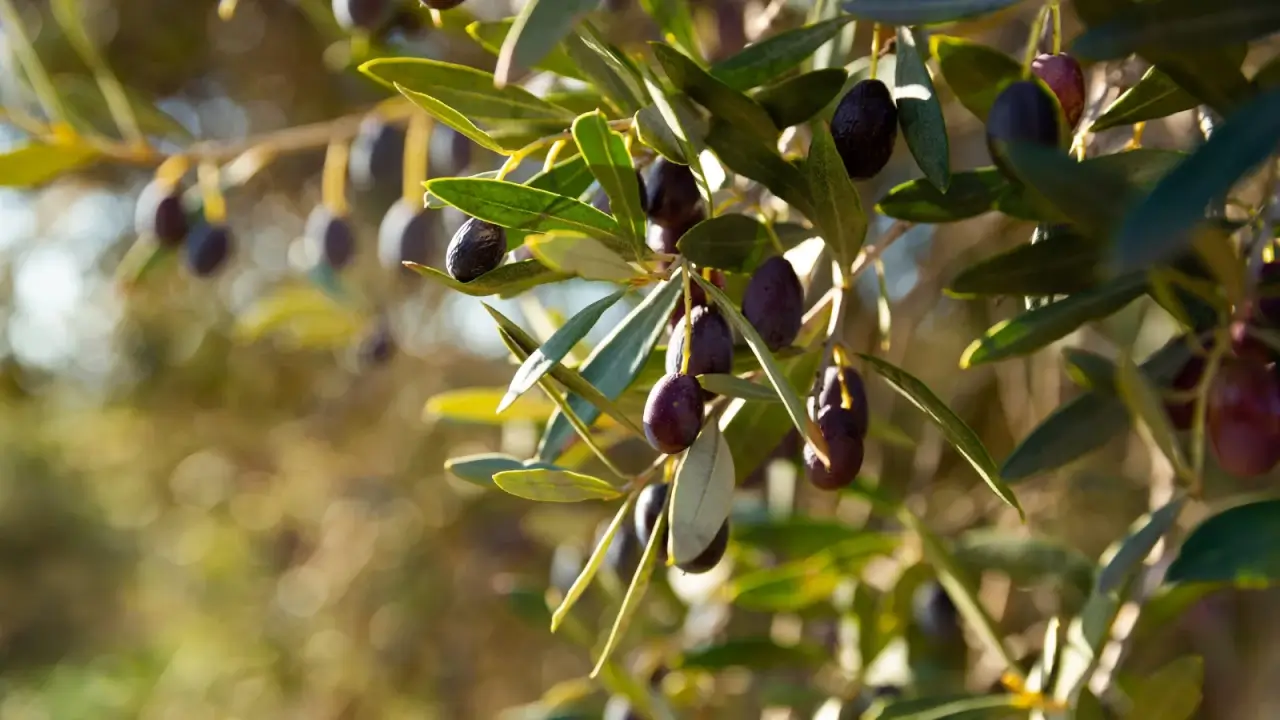
Much like grapes, olives typically grow in regions that are dry and rocky. That makes them another entry in the category for best dry farming crops, and a perfect option for drought-prone areas. While the crop will not be as robust as it would in rainier years, olive trees will produce good yields without additional irrigation.
Much like grapes, olive tree roots reach deep into the earth, accessing groundwater below. They are adapted to hot regions that experience low rainfall year after year. One note on olives is that some species are classed as invasive in the regions where they’re likely to be dry farmed. Ensure you’re planting a non-invasive olive before you plant an entire grove.
Grains
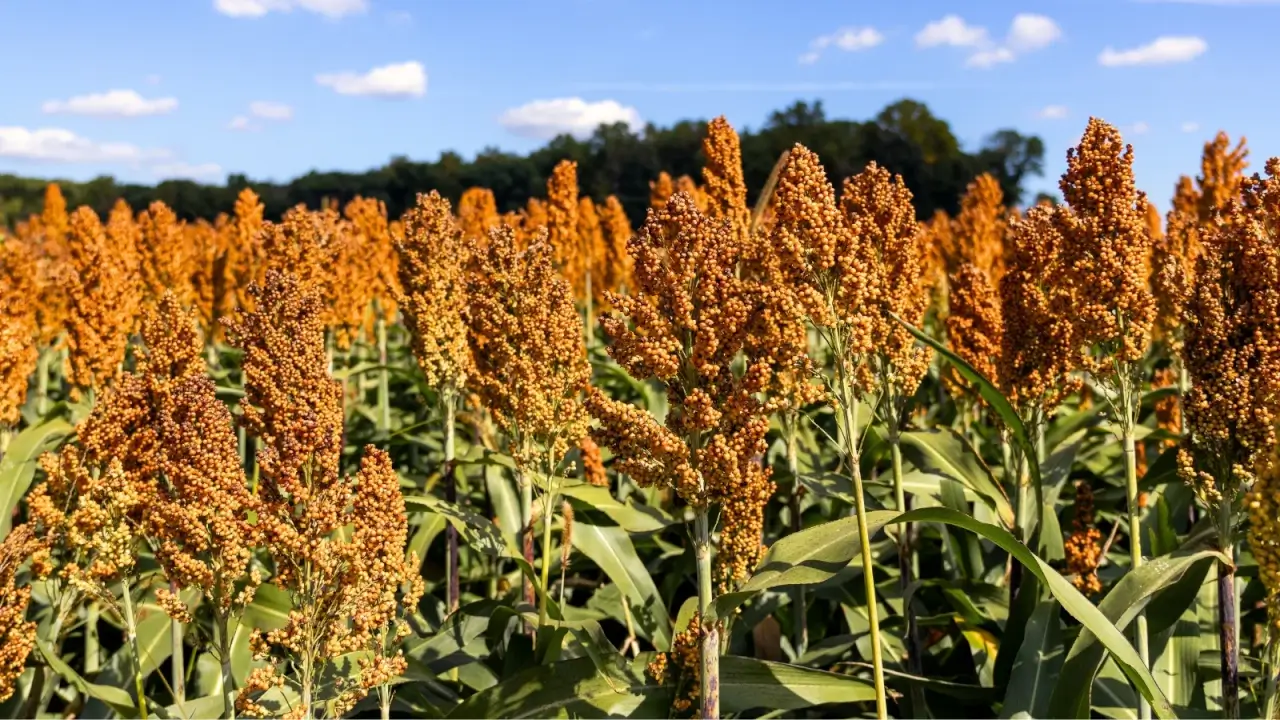
A number of different grains have been cultivated for ages in drought-prone areas. Sorghum and millet are two that can handle periods without irrigation. Durum wheat and barley are also quite tolerant of drought.
The dense coverage of grain crops keeps moisture in the soil for longer. Many are adapted to historically hot and dry regions as well. Some of the best dry farming crops are grains.
Tepary Beans
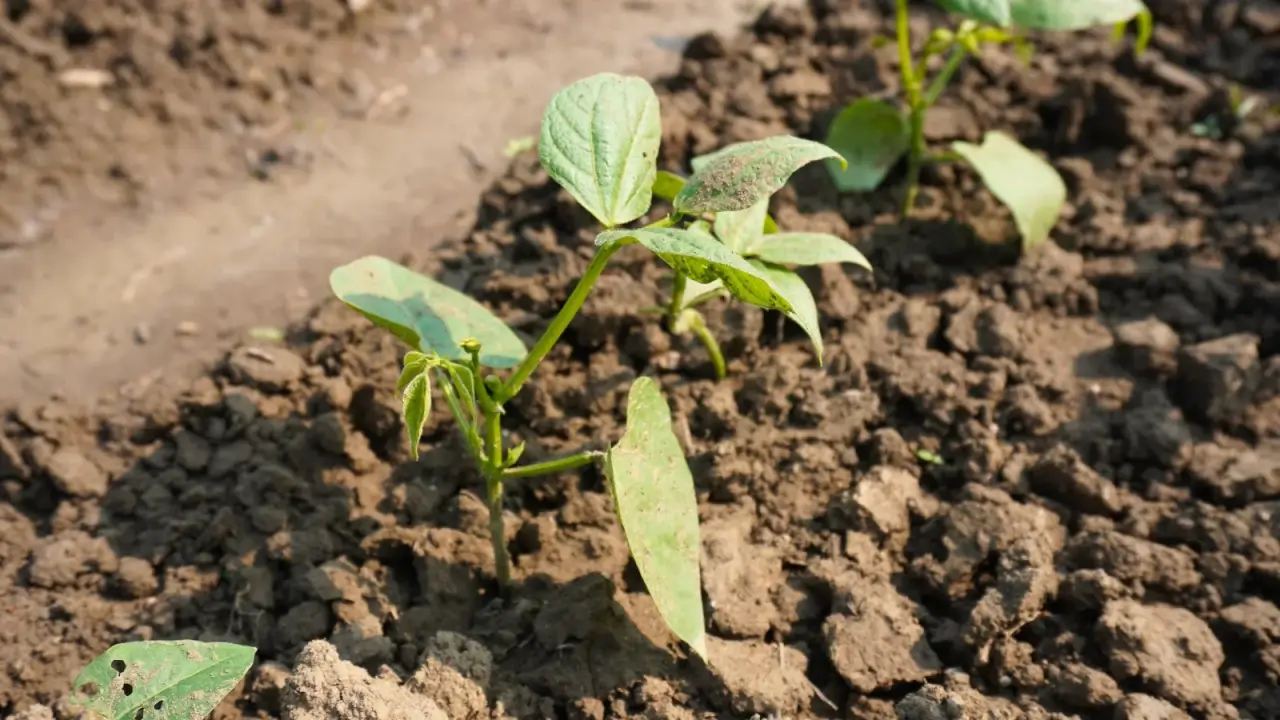
If you’re growing in an intense, dry region, it’s hard to get a good crop of beans once summer rolls around. Most varieties drop flowers in the heat. But tepary beans, which have been cultivated for ages by people in the American Southwest, are perfect for dry farms.
They can handle no irrigation, and still set flowers and form pods in heat up to 105°F (41°C). Tepary beans also have deep roots that reach groundwater and don’t require surface irrigation to thrive and produce. This is an excellent choice (and perhaps the most historic on this list) for dry farming.
A Guide to Drought-Resilient Farm Animals
As with people, some livestock and poultry breeds tolerate heat better than others.
The post The 7 Best Crops for Dry Farming appeared first on Modern Farmer.

